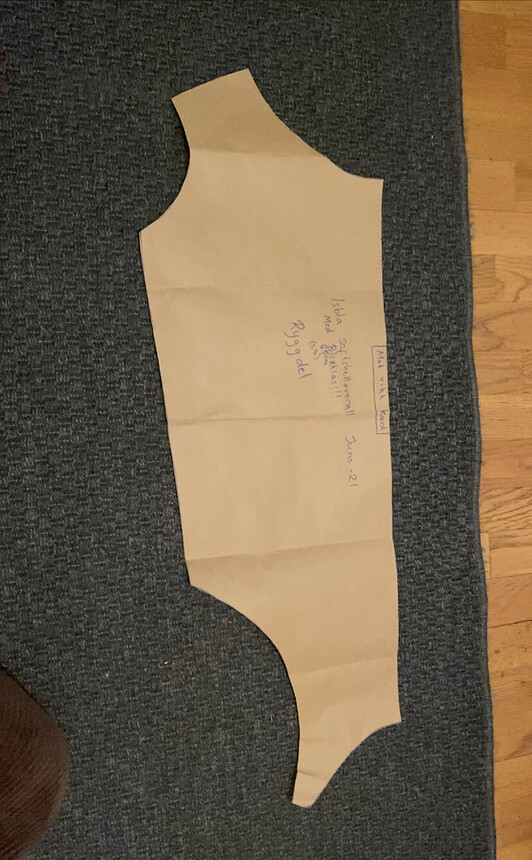Wow! Thank you all for such fast answers!
The thing is that I make dog clothes. I do this ”by hand” but I want to make them a little more professional ao that’s why I’m using Seamly. Or well… trying to.
The pattern I’m making has several arcs, where you put the head, and the legs. So I really need them to be an exact length so that the pattern will fit that exact dog. And they need to start at 90 degree angle for the first 5mm so that the pieces will match without gliches - and then I want the arc or curve to be an exact length.
This is ONE of the pattern pieces that I’m trying to digitalise. As I said: I usually do this by hand based on the dogs measurments, but it takes forever so I wanted to use Seamly to be able to just measure any dog and put the measurments in Seamlyme and have the pattern pieces change automaticly.
I guess this just won’t be possible… at least not without me first getting a math degree 
